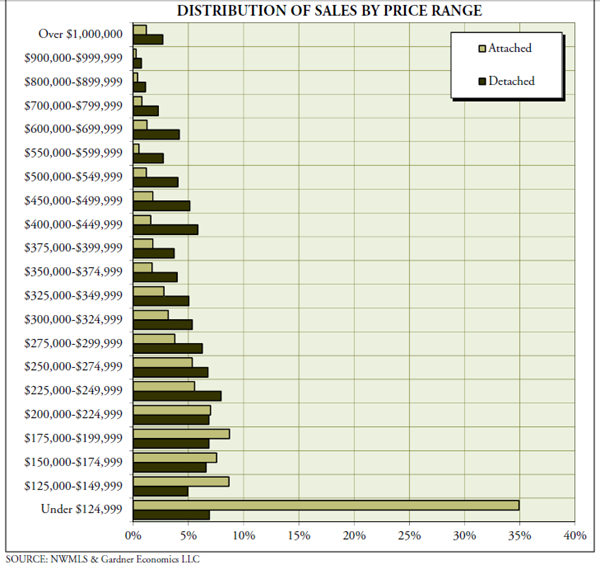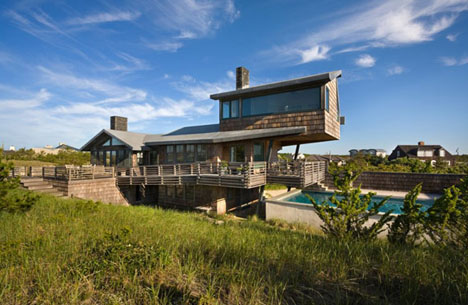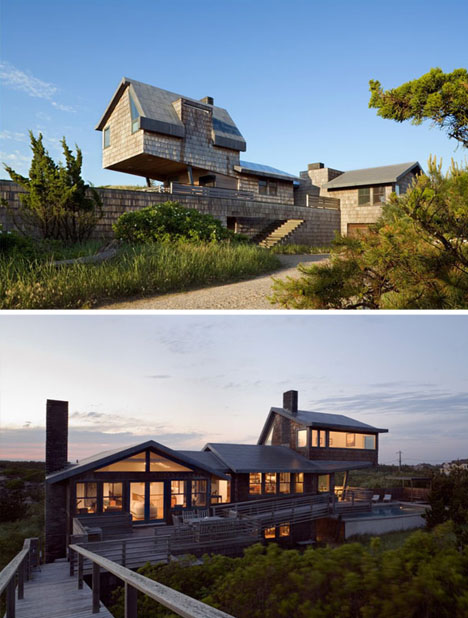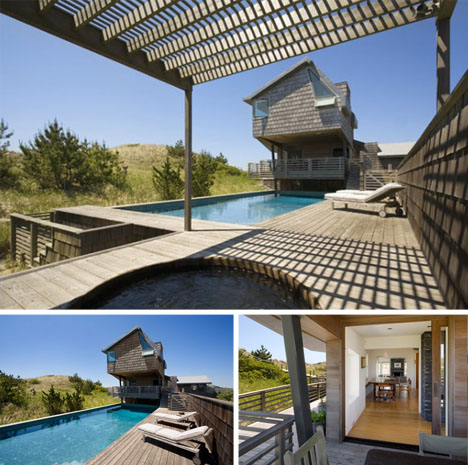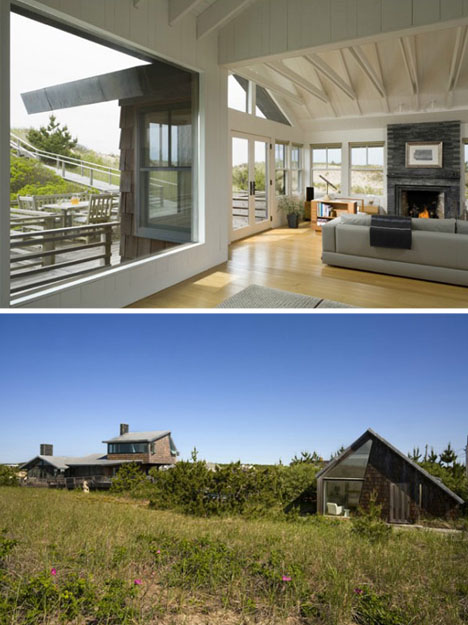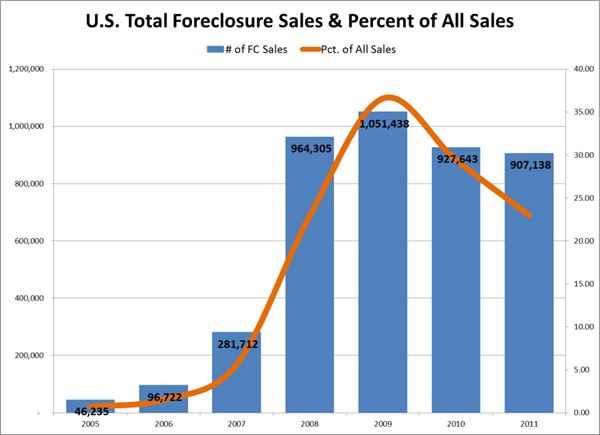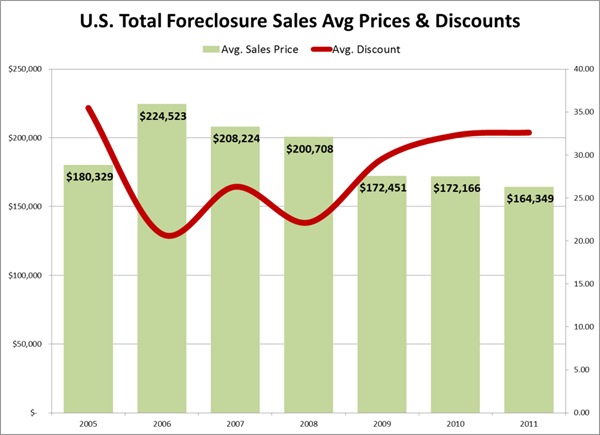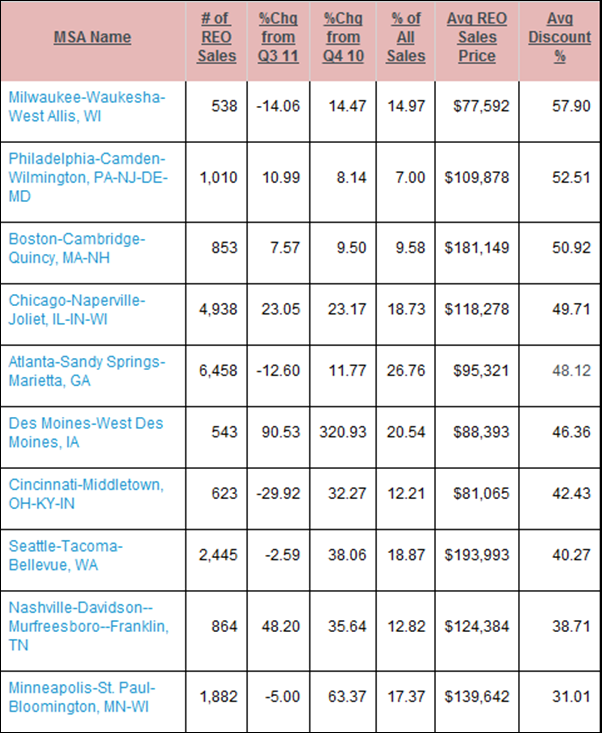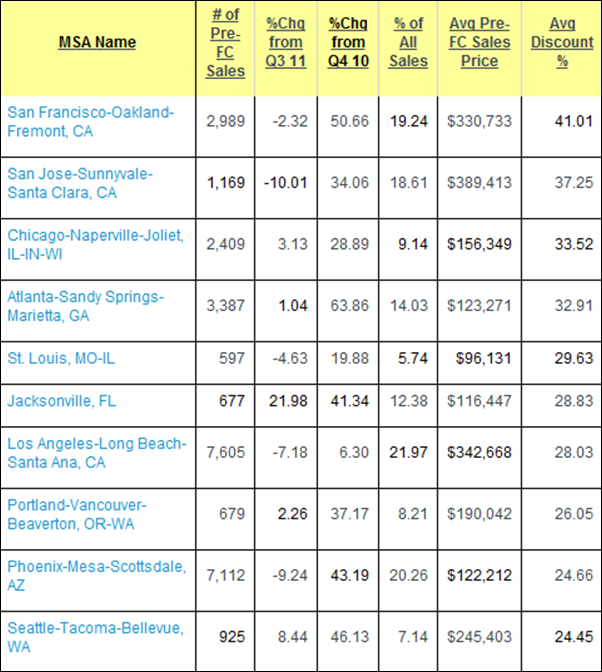 Low mortgage rates and falling home values have brought housing within reach to more families than ever before, according to the latest National Association of REALTORS® housing affordability index.
Low mortgage rates and falling home values have brought housing within reach to more families than ever before, according to the latest National Association of REALTORS® housing affordability index.
Housing affordability in January reached its highest level since NAR began tracking it in 1970. The index — which tracks median home price, median family income, and the average mortgage rate — reached 206.1 in January.
"This is the first time the housing affordability index has broken the 200 mark, meaning the typical family has roughly double the income needed to purchase a median-priced home," says Moe Veissi, 2012 NAR president. "For buyers who can qualify for a mortgage, now is a very good time to become a home owner."
An index of 100 means that median-income household has exactly enough income to qualify for the purchase of a median-priced existing single-family home, also accounting for a 20 percent down payment and 25 percent of gross income devoted to the mortgage principle and interest payments.
NAR projects that affordability will remain high for the remainder of the year.
"Housing inventory levels have declined to a point where conditions are becoming much more balanced in much of the country," Veissi said. "If access to credit improves, we could see a much more meaningful increase in home sales and broader stabilization in home prices with modest gains in areas with stronger job growth."
Source: National Association of REALTORS®

